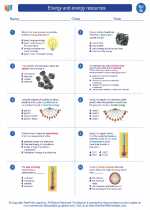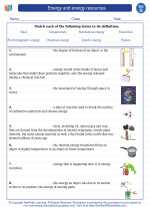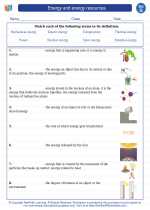Heart
The heart is a vital organ in the human body that is responsible for pumping blood throughout the circulatory system. It is located in the chest, slightly to the left of the midline, and is protected by the ribcage. The heart is made up of four chambers: the left and right atria, and the left and right ventricles. These chambers work together to ensure that oxygen-rich blood is pumped to the rest of the body, while deoxygenated blood is sent to the lungs for oxygenation.
Anatomy of the Heart
The heart is composed of various structures, including:
- Coronary arteries: These arteries supply oxygenated blood to the heart muscle itself.
- Valves: The heart contains four valves - the tricuspid, pulmonary, mitral, and aortic valves - which help to ensure that blood flows in the correct direction through the heart.
- Conduction system: The heart has its own electrical conduction system that regulates the heartbeat and ensures that the chambers contract in a coordinated way.
Function of the Heart
The primary function of the heart is to pump blood throughout the body, delivering oxygen and nutrients to the cells and removing waste products. This is achieved through the rhythmic contraction and relaxation of the heart muscle, which is controlled by electrical impulses.
Study Guide
When studying the heart, it is important to understand its structure, function, and the various components that allow it to perform its essential role in the body. Here are some key topics to focus on:
- Structure of the heart: Familiarize yourself with the four chambers, the valves, and the coronary arteries.
- Conduction system: Understand the role of the electrical conduction system in regulating the heartbeat.
- Function of the heart: Explore how the heart pumps blood, the importance of oxygenation, and the relationship between the heart and the circulatory system.
- Heart health: Learn about common heart conditions, such as coronary artery disease and arrhythmias, and the importance of maintaining a healthy lifestyle to support heart function.
By grasping these fundamental concepts, you will develop a strong understanding of the heart and its significance in maintaining overall health.
.





